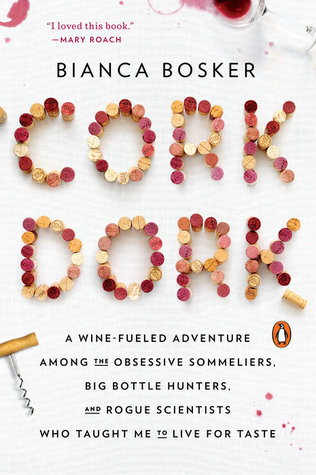More on this book
Community
Kindle Notes & Highlights
Read between
January 21 - January 26, 2018
When I went out to eat, I started steering clear of the classic crowd pleasers. “Cabernet” was somm-speak for “easy money,” so for a shot at drinking great wine for good value, I stuck to whatever looked unfamiliar and vaguely intimidating—say, a Mondeuse Noire from the Savoie in France.
“Wine,” declared the nineteenth-century novelist Alexandre Dumas, “is the intellectual part of the meal.” —
Tannins are more a texture than a taste, and therefore distinct from whether the wine is “dry,” which refers to the absence of sweetness. And yet, confusingly, tannins leave your mouth feeling dried-out and grippy—more like sandpaper for tannic wines (like young Nebbiolo), or like silk for low-tannin wines (say, Pinot Noir). Some tasters swear they can differentiate between tannins that come from grapes, which make their tongues and the roof of their mouths feel rough, and tannins from oak barrels, which dry out the spot between their lips and gums.
“Instead of letting the grapes decide where they want to go, you’re manufacturing . . . you’re—constructing a wine to meet the palate of the individual winemaker,”
We want data on our fitness, our lovers, our hedonism.


